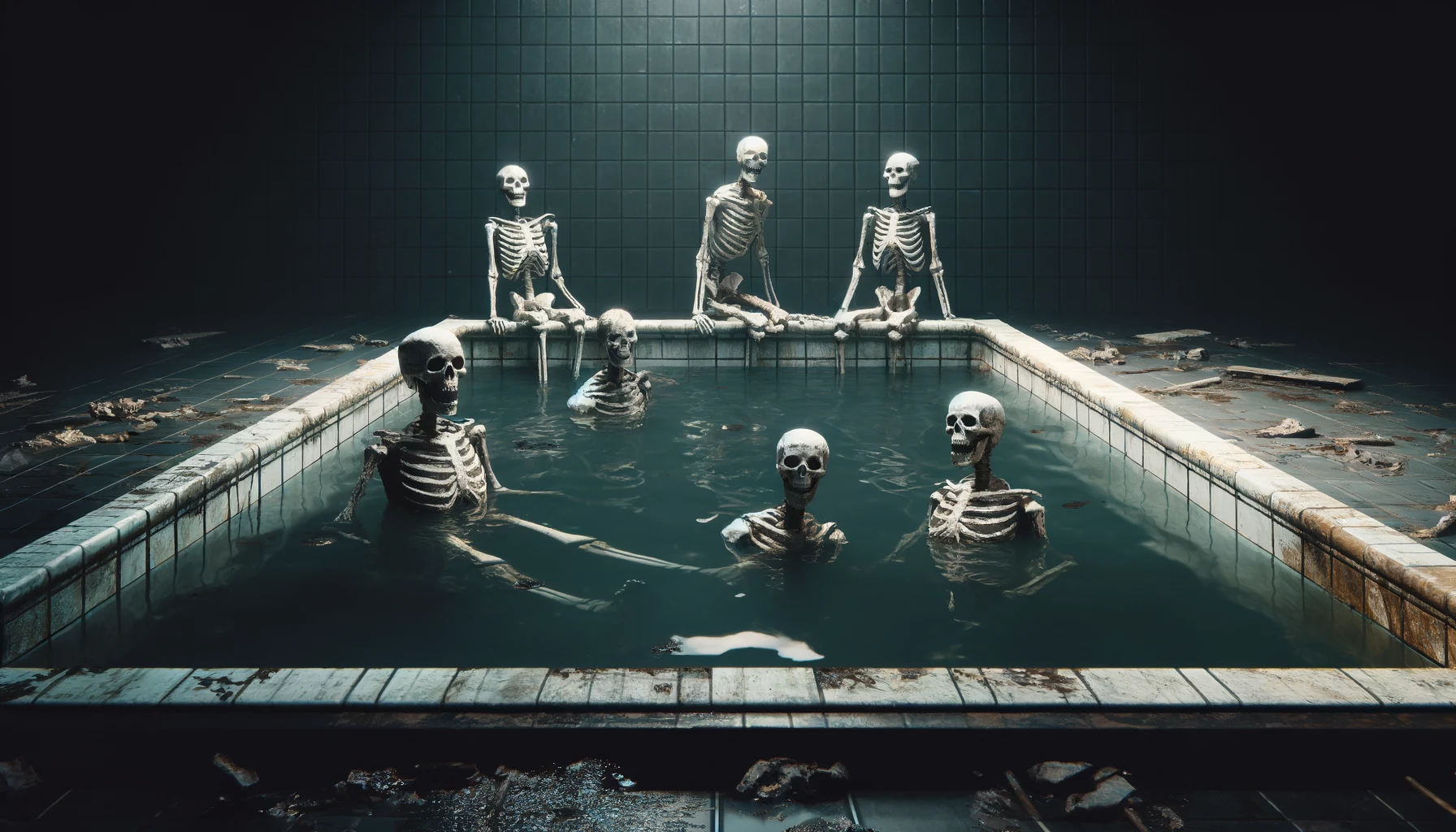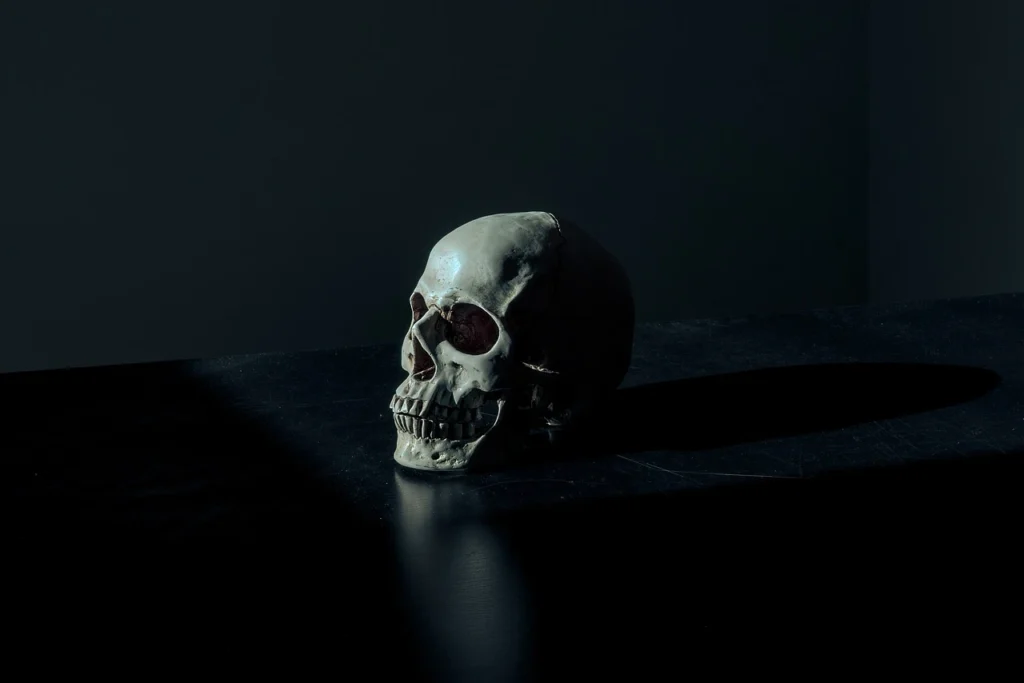The 1982 Movie Poltergeist Used Real Skeletons as – Tymoff
Think about the The 1982 Movie Poltergeist Used Real Skeletons as – Tymoff, directed by Tobe Hooper and made under the close

Think about the The 1982 Movie Poltergeist Used Real Skeletons as – Tymoff, directed by Tobe Hooper and made under the close watch of Steven Spielberg. It’s hard to forget the scene where JoBeth Williams, who played Diane Freeling, falls into the pool filled with real skeletons. The choice to use real skeletons instead of fake ones during the shooting of this film has caused a lot of talk and made things spooky for everyone watching and making the movie.
Absolute Over Fake: A Cost-Effective Decision
Back then, using real skeletons was seen as more cost-effective and cheaper than using fake ones. Craig Reardon, a special effects artist for the Poltergeist production team, said buying biological surgical skeletons—real skeletons put together for teaching—was cheaper than making them from rubber or plastic. If they used rubber or plastic, they would have to work hard to make them not look like prop skeletons, which would cost more money and take more time.

The Climax Scene: A Haunting Experience
The most famous use of these skeletons happens at the climax of the movie. In a scary scene, Diane Freeling is pushed into a pool of mud and water, and she sees herself surrounded by old, scary-looking skeletons. This scene was made in a big pool with mud, water, and skeletons, which made it look very intense and spooky.
Behind the Scenes: Cast Reactions JoBeth Williams has talked in many interviews, including on an entertainment channel like VH1, about how terrified she was to find out the skeletons were real. It shocked the crew and cast a lot. Interestingly, during the shooting, none of the cast knew the skeletons were accurate, which made their scared reactions on camera very real.
The creepy feeling grew even more when Will Sampson, known for his role in “Poltergeist II: The Other Side,” did an exorcism on the Poltergeist set after they finished filming for the day. Sampson, a member of the Muscogee (Creek) Nation, thought it was essential to clear the set because the real skeletons might have upset spiritual beings.
Personal Reflections on the Ethical Implications
Thinking about this as someone very interested in film history and ethics, using real skeletons in movies brings up big ethical questions. Even though it was cheaper at the time, we have to think about the respect for those whose bodies were used as props in a movie. This choice shows a lack of understanding or maybe a bold ignoring of respect due to human remains.
The choice to use real skeletons in “Poltergeist” is a bizarre part of Hollywood’s filmmaking history. It mixes myths and legends with the harsh realities of making movies. It reminds us of how far movie makers will go for realism, sometimes forgetting about ethical concerns.
Reflecting on the Legacy: The 1982 Movie Poltergeist Used Real Skeletons as – Tymoff
As time goes on, stories like this add to the unique charm and lasting fame of “Poltergeist.” They make us think more deeply about what is real and what should be left alone. As we keep watching and thinking about films from the ’80s and later, these behind-the-scenes choices give us a better understanding of the cultural and ethical situations of our favorite movies.









